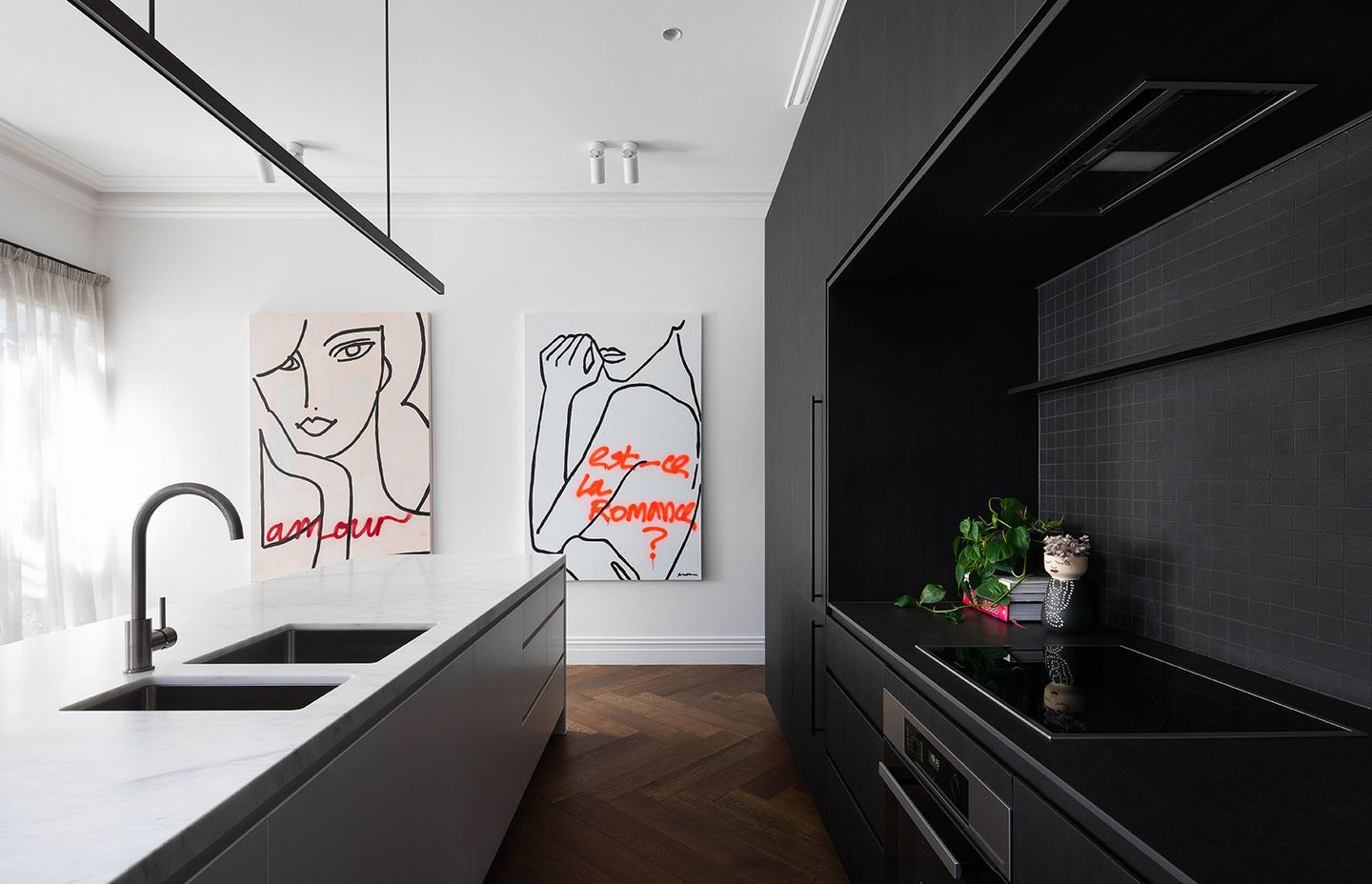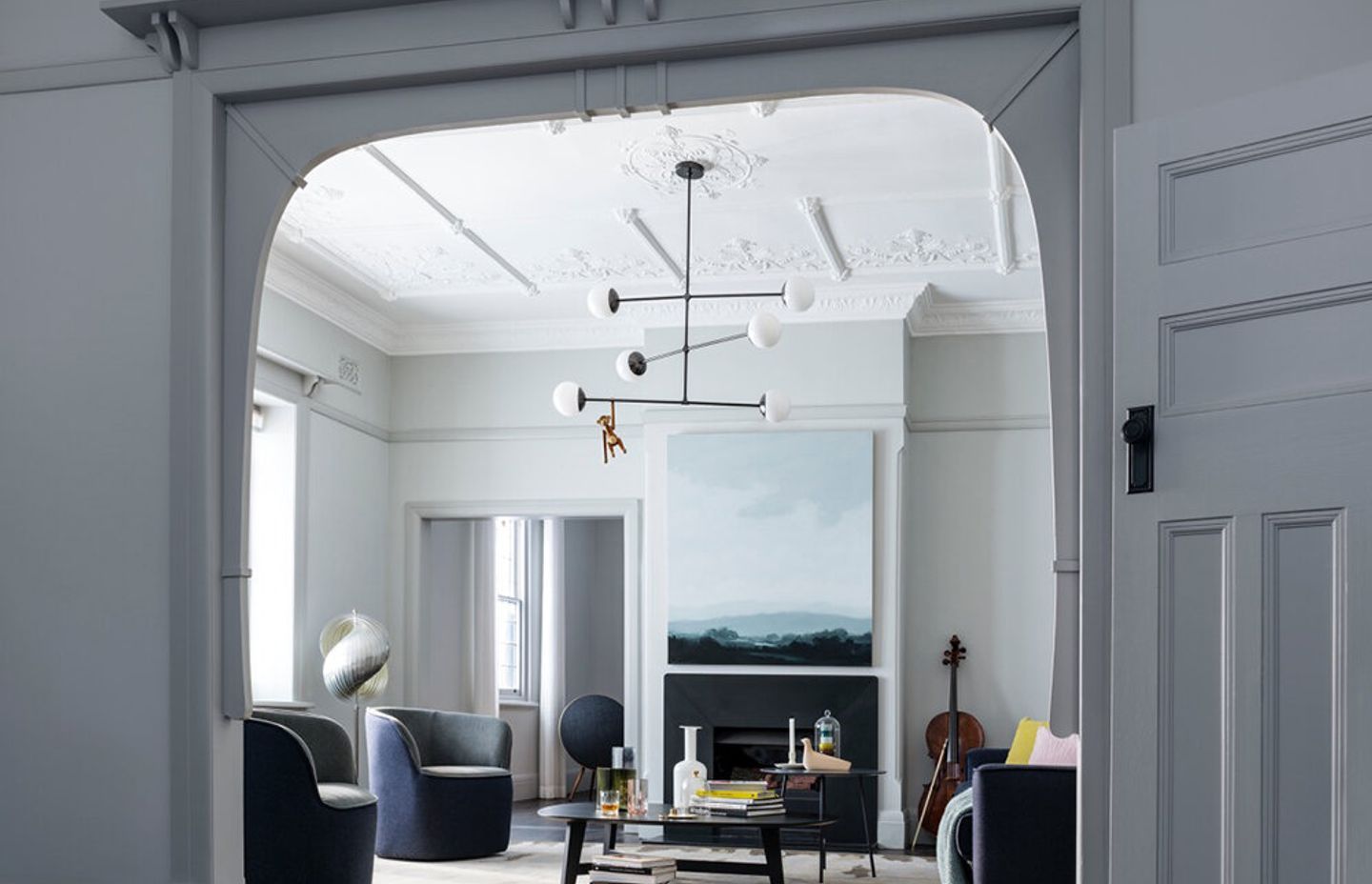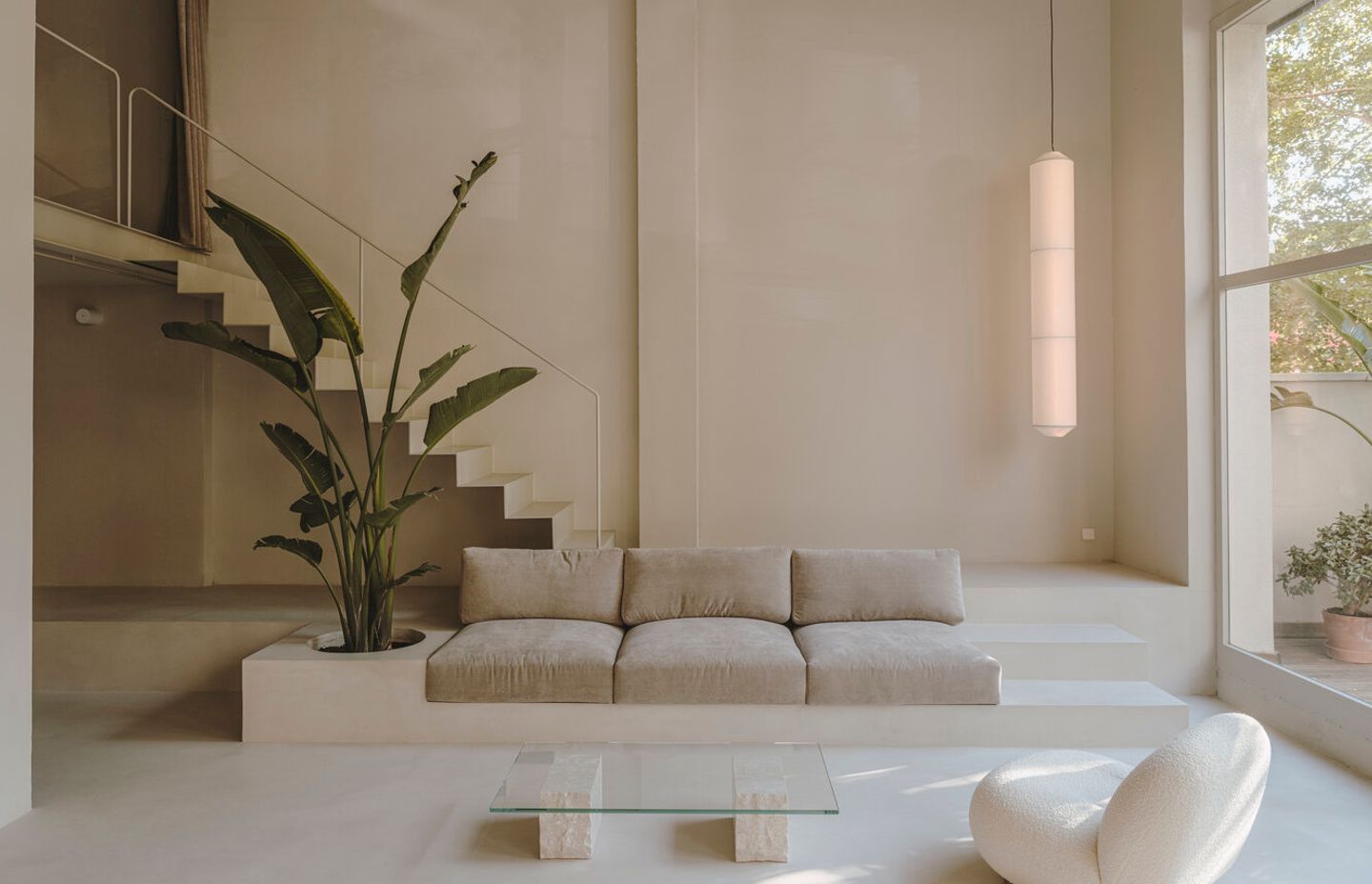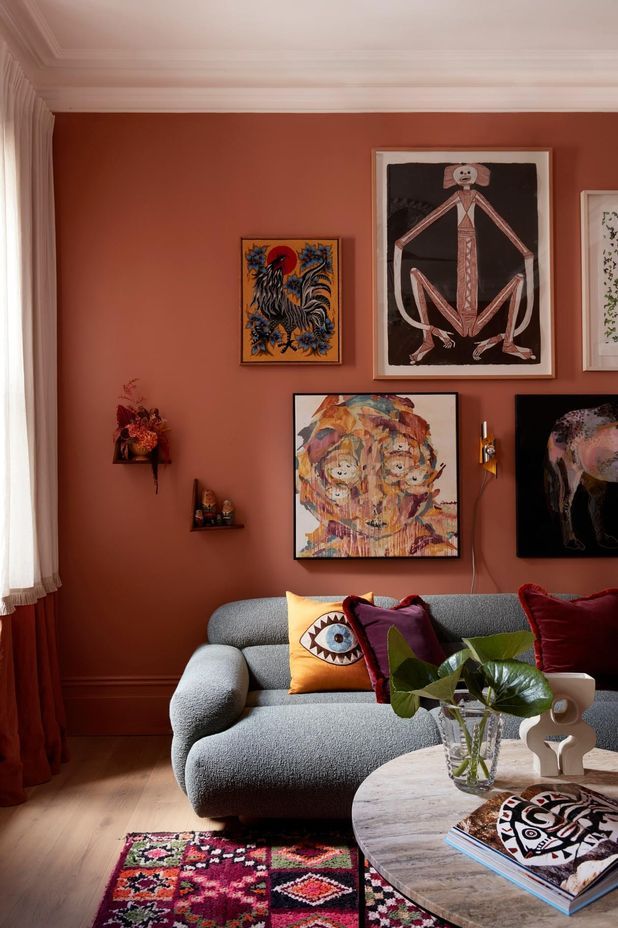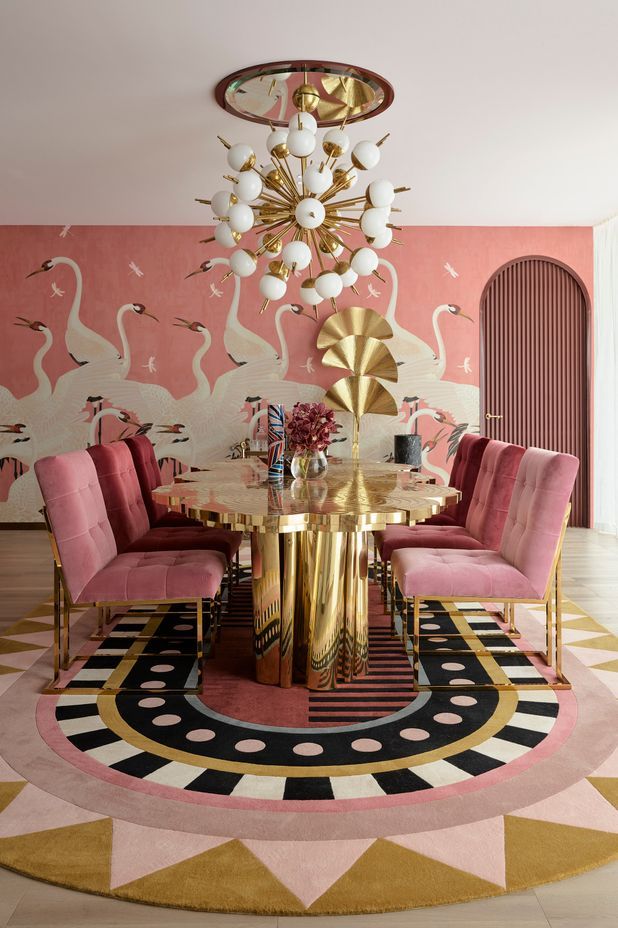Unpacking the most popular interior design styles in Australia
Written by
17 August 2022
•
9 min read
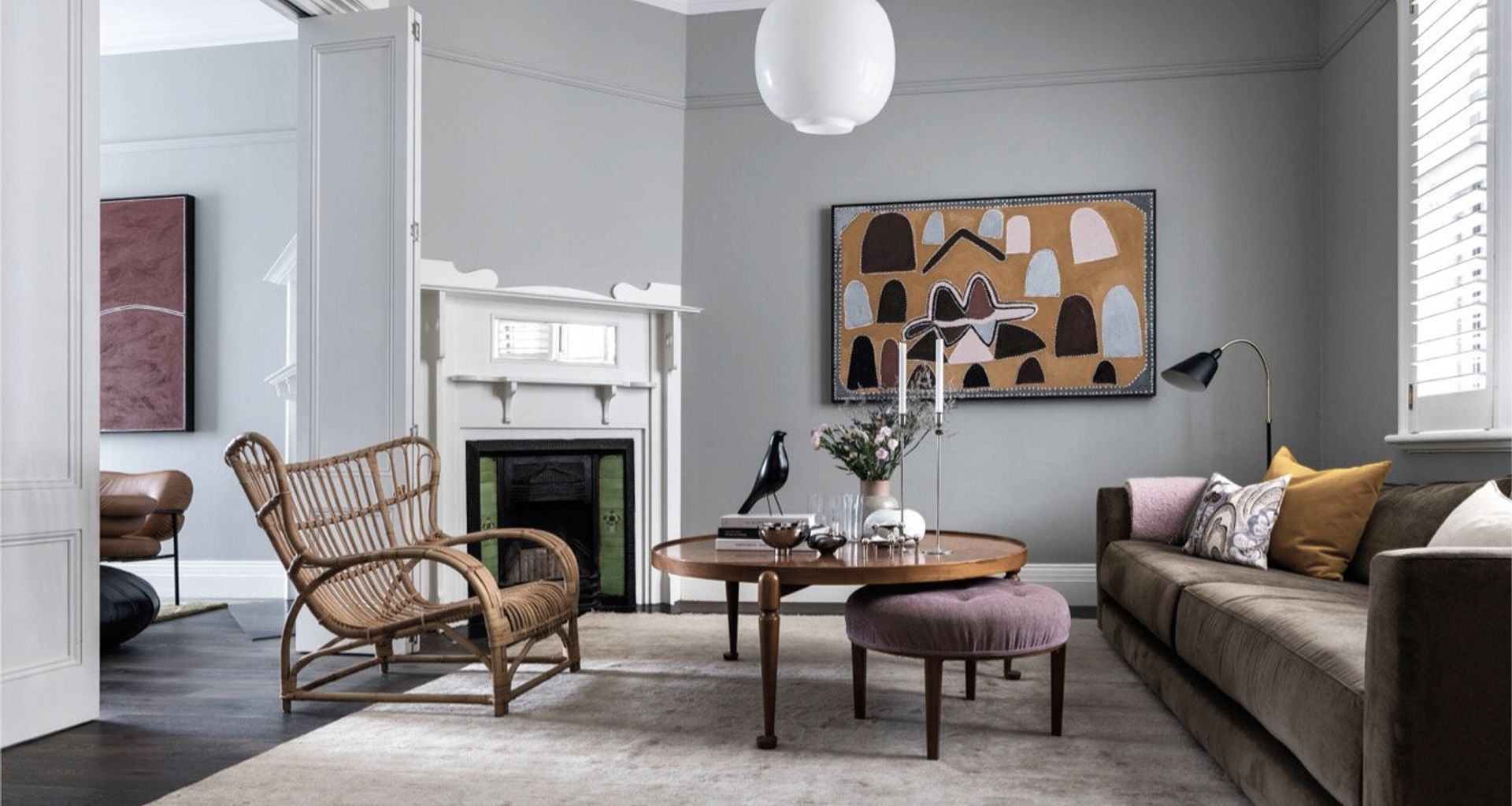
“Fashion is ephemeral, but style is eternal,” legendary designer Coco Chanel once said. While Chanel was referring to the world of fashion, the same theory can be applied to interior design; while fleeting trends will continue to come and go, true style never fades.
Although there’s no need to restrict yourself to one specific design style, knowing the differences between the popular ones can aid in refining your personal tastes; giving you a better idea of the interior design styles that work for you. Besides, you need to know the rules before you can break them.
Whether you’re starting from scratch with a new build, furnishing a new apartment, or simply looking to revamp your existing space, these are the interior design styles you need to know about.
While minimalism occasionally gets a bad rap for being cold or impersonal, when done right it can be welcoming and soothing
Minimalist
You already know this one. Widely embraced across the western world, minimalist interiors have enjoyed a long time in the sun. While minimalism occasionally gets a bad rap for being cold or impersonal, when done right it can be welcoming and soothing. Defined by an essentialist approach to decor, minimalist interiors are free from excessive or superfluous ornamentation, focusing instead on a few high-quality pieces that blend form and function. Contrary to popular belief, minimalism doesn’t require you to rid yourself of personal objects, but to question one’s methods of consumption.
Minimalist interiors typically feature neutral hues such as beige, cream and grey, however, they can also incorporate bolder colours, albeit in an uncluttered way. Natural material palettes often reign supreme, with raw timber, concrete, stone and terracotta proving popular. Not devoid of art, contemporary or abstract styles often feature in minimalist houses, with a statement piece or two working to add interest to and provide a focal point within a space.
Industrial
An interior design style born out of necessity during the early 20th century, the industrial look still remains popular today. Following the end of the second industrial revolution, the effects of globalisation caused factories to relocate their operations overseas, leaving vacant industrial buildings for residential use.
Rather than concealing the more utilitarian elements of each space, industrial interior design highlights the unique facets of a building’s heritage. Exposed brick, untreated wood and metal, concrete floors, and visible pipes create a striking look. While traditionally furnishings have often skewed more masculine with patinated metal benchtops, weathered leather and a dark colour palette, industrial interiors can also be juxtaposed with colourful vases and accessories, plush velvet seating and statement ottomans. The industrial interior design style also plays well with minimalist, contemporary and eclectic styles.

Contemporary
Contemporary interior design is difficult to define, largely because it continually changes with the times. Not to be confused with ‘modern’ interior design, which typically refers to mid-century modern, contemporary interiors can be a mish-mash of popular design styles (like minimalist and industrialist). These days, contemporary interiors tend to take on a relatively neutral base colour palette and feature curvilinear furniture, sculptural homewares and vibrant abstract art. In bathrooms and kitchens, expect to see elegant finishes in the form of marble and concrete.
Scandinavian
Deriving inspiration from the Nordic countries of Denmark, Sweden, Norway and Finland, Scandinavian – or Scandi – design is defined by rectilinear lines, functional furniture, ample natural light and sleek silhouettes. Natural textures abound. Scandinavian design features light-coloured timber such as pine and beech, as well as rattan, linen and cotton. While there’s often a crossover with minimalism, Scandinavian design isn’t afraid to add colourful accents here and there, complementing the largely neutral colour scheme.
Home to Hygge and Koselig, Scandinavian interiors also place an emphasis on cosiness and comfort, incorporating soft textures, comforting scents and ambient lighting to create a space you want to spend time in.
Japandi
A portmanteau of ‘Japanese’ and ‘Scandi’, Japandi design blends the best of both worlds. Each design style complements the other, with the signature comfort present in Scandinavian design theories such as Hygge and Koselig working to soften the minimalist purity of Japanese interiors while uniting with the theory of wabi-sabi, which finds beauty in imperfection.
A shared emphasis on nature is displayed through biophilic design elements such as plant life and an abundance of natural light. While Scandinavian design often takes on a more reserved colour palette, Japandi interiors feature richer tones, with forest green, terracotta, navy blue, black and mustard yellow interspersed amongst neutral tones and natural materials.
Mid-century modern
Undeniably one of the most influential and enduring design movements, ‘mid-century modern design’ is an overarching term that refers to the architecture, industrial design, art and graphic design from the middle of the 20th century, born as a result of post-WWII creativity.
Characterised by clean lines, functional forms, organic and natural shapes, and a connection to nature, mid-century modern design was largely influenced by the introduction of new technologies and materials as well as the migration to more urban areas with smaller living spaces.
While many minimalist interiors incorporate mid-century modern furniture – like the wildly popular Eames lounge chair and ottoman or the kidney table – classic mid-century modern interiors are a touch funkier. The mid-century modern colour palette was far from neutral and changed with the times; ranging from bright primary colours to creamy pastel hues. Textured fabrics also played a key role, with mid-century modern interiors unafraid to incorporate plush velvet and cosy boucle.
Coastal
A way of life as much as an interior design style, when it comes to coastal interiors, what’s on the outside is equally as important as what’s inside. Namely, water. Defined by bright, airy interiors, expansive windows and free-flowing living spaces, coastal interiors traditionally made use of oceanic blue and green hues against a backdrop of white or cream, light timber furniture and outdoor rooms. Coastal interiors can also take on a more European tone, laden with curvaceous and arched forms crafted from stone, rattan chairs and exposed wooden beams.
Bohemian or eclectic
For those who aren’t afraid to colour outside the lines, bohemian or eclectic interiors are the way to go. While these styles haven’t been as popular in the Australian interior landscape of late, trends are cyclical, so who knows; Bohemian may be making a comeback. The word ‘bohemian’ was coined in France in the early 19th century and later co-opted by the hippies of the ‘60s and ‘70s.
Today, bohemian or eclectic interior design takes a synergistic approach, with the overall effect being greater than the sum of its parts. A clash of worlds takes place in bohemian interiors, with traditional meeting contemporary, luxury furniture coexisting with thrifted pieces, and multiple bold colours coming together.
Bohemian interiors utilise a wide range of fabrics to provide textural interest, such as velvet, linen, cotton, mohair and even animal print. There’s a focus on natural materials when it comes to furniture, with untreated wood and rattan proving popular. But with bohemian, anything goes; so if you find a vintage trunk in an op shop, don’t be afraid to use it as a coffee table.
Maximalist
A case of ‘you’ll know them when you see them’, maximalist interiors are a proclamation that more is more. Laden with colour, texture, print and decorative objects, maximalist interiors draw from multiple design styles and periods. While other interior design philosophies may dictate that an attention-grabbing statement sofa in blush pink should be offset by subdued white walls, maximalist design knows that what the room really needs is an equally brilliant wallpaper. And perhaps a patterned rug.
When done well, maximalist interiors feel balanced, with spaces feeling layered rather than cluttered.
Designing interiors for little ones? This is how to design a kid's room that fosters creativity and prioritises practicality.
Modern Farmhouse
Embracing the charm of rural elegance with a contemporary twist, the modern farmhouse style has carved a niche for itself in the heart of those who yearn for a blend of comfort and simplicity. This aesthetic, though not new to the design scene, has surged in popularity, transcending geographical boundaries to become a beloved choice for homeowners. The term 'modern farmhouse' conjures up images of spacious, light-filled spaces that marry the rustic warmth of countryside living with sleek modern conveniences.
At the core of modern farmhouse interiors is a harmonious balance between old and new. This style skilfully combines the traditional elements of farmhouse architecture—think exposed wooden beams, barn doors, and shiplap walls—with modern fixtures, clean lines, and a neutral colour palette peppered with black accents for contrast. The result is a cosy, welcoming environment that feels both rooted in tradition and refreshingly contemporary.
Art Deco
Art Deco, a style that burst onto the world stage in the 1920s and 1930s, represents the epitome of glamor, luxury, and symmetry. Originating in France before spreading globally, Art Deco became synonymous with the exuberance and optimism of the Roaring Twenties, as well as the technological advancements and cultural shifts of the era. This style is characterised by its bold geometric shapes, lavish ornamentation, and a penchant for metallic and vibrant hues, encapsulating the spirit of modernity and progress that defined the period.
Biophilic Design
Biophilic design as an interior design style prioritizes the integration of natural elements and processes into the architectural layout and decorative approach to enhance human connection to the natural environment. This style is characterised by the use of living plants, natural light, natural materials like wood, stone, and bamboo, as well as colours, patterns, and textures inspired by nature. The aim is to create spaces that promote well-being, reduce stress, and improve cognitive function and creativity through direct and indirect nature connections.
Lot's of interior design styles to consider
And there you have it, a comprehensive round-up of the different interior design styles popular in Australia today, and hopefully, you've now got plenty of new ideas to consider.
